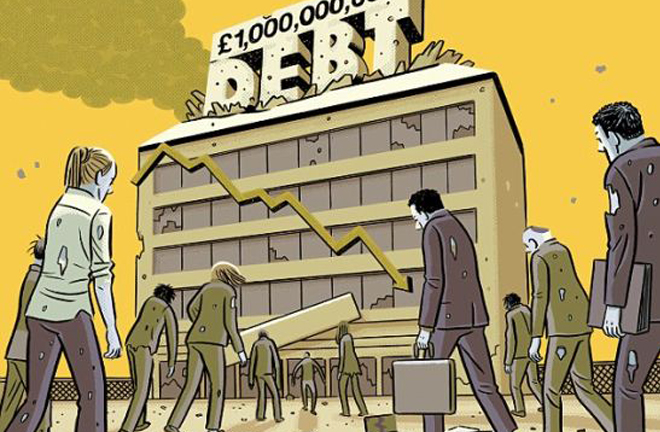Report: With economic restructuring, fewer ‘zombie enterprises’ emerging

A recent report on China’s zombie enterprises has shown that the problem in the industry sector is not as serious as before.
A recent report on China’s zombie enterprises has shown that the problem in the industry sector has become less serious. The number of such enterprises has been on the decline since it reached a peak in 2000, when ailing companies accounted for 30 percent of all industrial enterprises, according to the report.
Released by Renmin University of China on July 27, the Report on Chinese Zombie Enterprises: Status Quo, Reasons and Countermeasures is the first comprehensive study of its kind in China.
“Zombie enterprise” is an economic term coined by American economist Edward Kane in his 1978 research paper, referring to economically unviable businesses that are propped up by financial aid from the government and banks.
At a State Council executive meeting in late 2015, Chinese Premier Li Keqiang defined zombie firms as those that fail to generate profits for three consecutive years. He put forth measures for streamlining these enterprises for the first time, such as mergers, closures and bankruptcy.
According to the report, if a firm obtained a lower loan interest rate than the lowest rate in the market that year and in the previous year, it could be labeled a “zombie enterprises.”
Working off a database with indicators about the economic health of Chinese industrial enterprises from 1998 to 2013, which covered 800,000 enterprises and 3.6 million observations, as well as the data of listed companies from 1998 to 2015, the report calculated the ratio of insolvent enterprises in industry and concluded that 7.5 percent of industrial enterprises fit the classification from 2005 to 2013.
Steel, real estate, architecture, business trade and comprehensive enterprises are the top five sectors that have most zombie enterprises, while banking, media, non-banking finance, Internet technology and entertainment are at the bottom of the list, according to the report.
In terms of location, struggling companies are more prevalent in the undeveloped southwestern, northwestern and northeastern regions than in the southern and eastern parts of China, according to the report.
The report attributed the problem to a number of factors: For one, enterprises lack administrative autonomy from the local government. There is vicious competition among local governments and State-owned enterprises (SOEs). The aftereffects of extensive stimulus, the decrease of external demand and discriminatory loan policies all contribute to the emergence of zombie enterprises.
Therefore, the report recommends reduced government intervention in corporate affairs, better assessment indicator system for State-owned enterprises and stricter regulation on banks. It is also necessary to soak up excess capacity via multiple channels and encourage failing businesses to merge and reorganize, while accelerating SOE reform, according to the report.
At the press conference for the release of the report, scholars said that zombie enterprises have emerged not only for historical reasons but due also to institutional factors and the impact of the broad external economic environment. It is vital to formulate tailored solutions when eliminating these companies in order to promote industrial transformation and upgrading.
Above all, the legal system should be perfected to provide support for the bankruptcy, mergers and acquisitions of zombie companies. Meanwhile, it is not wise to adopt the “one-size-fits-all” approach, but treat them in different ways instead, scholars said at the conference.
Niu Dongjie is a reporter at the Chinese Social Sciecens Today.

 PRINT
PRINT CLOSE
CLOSE